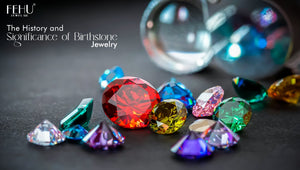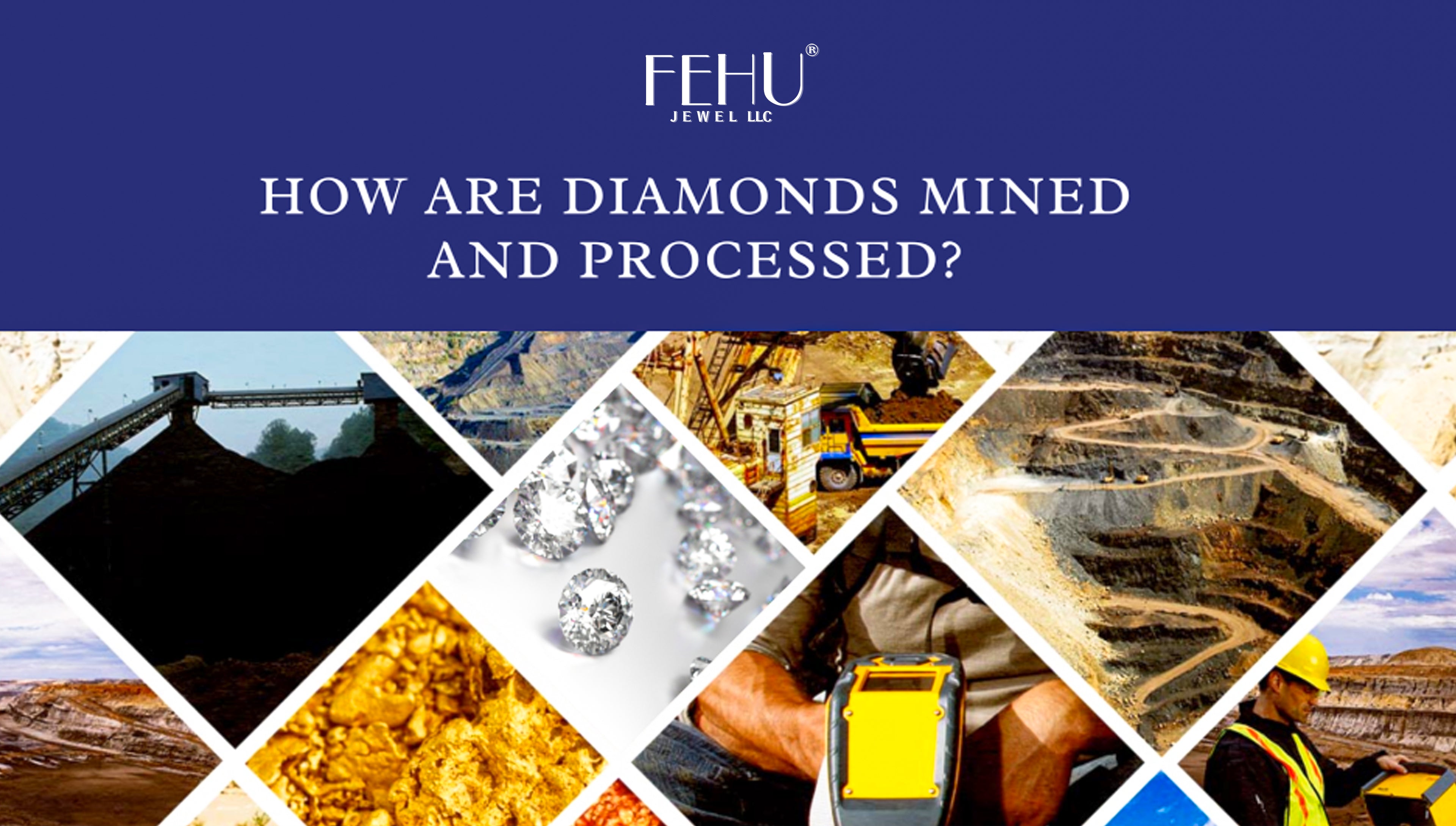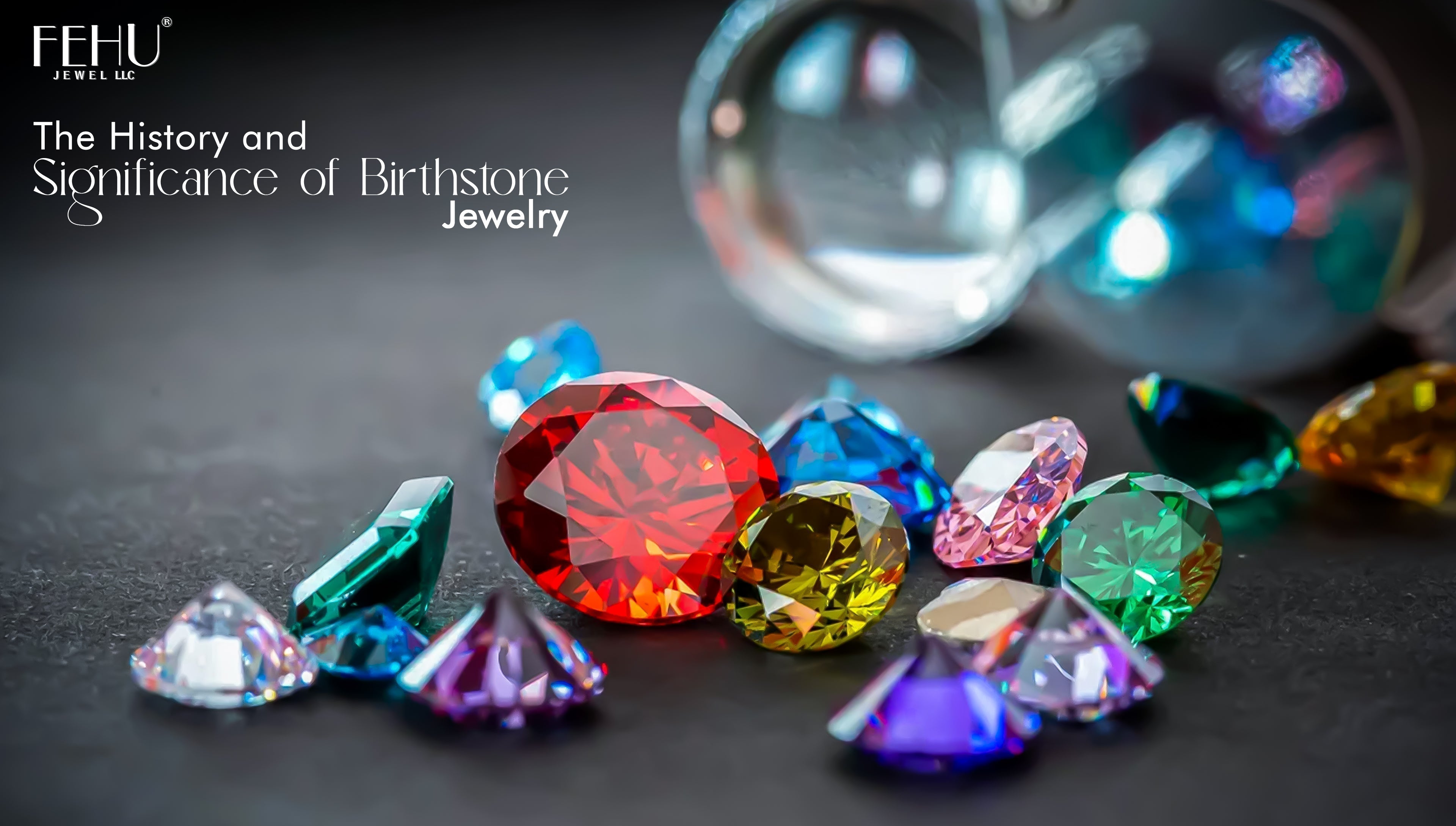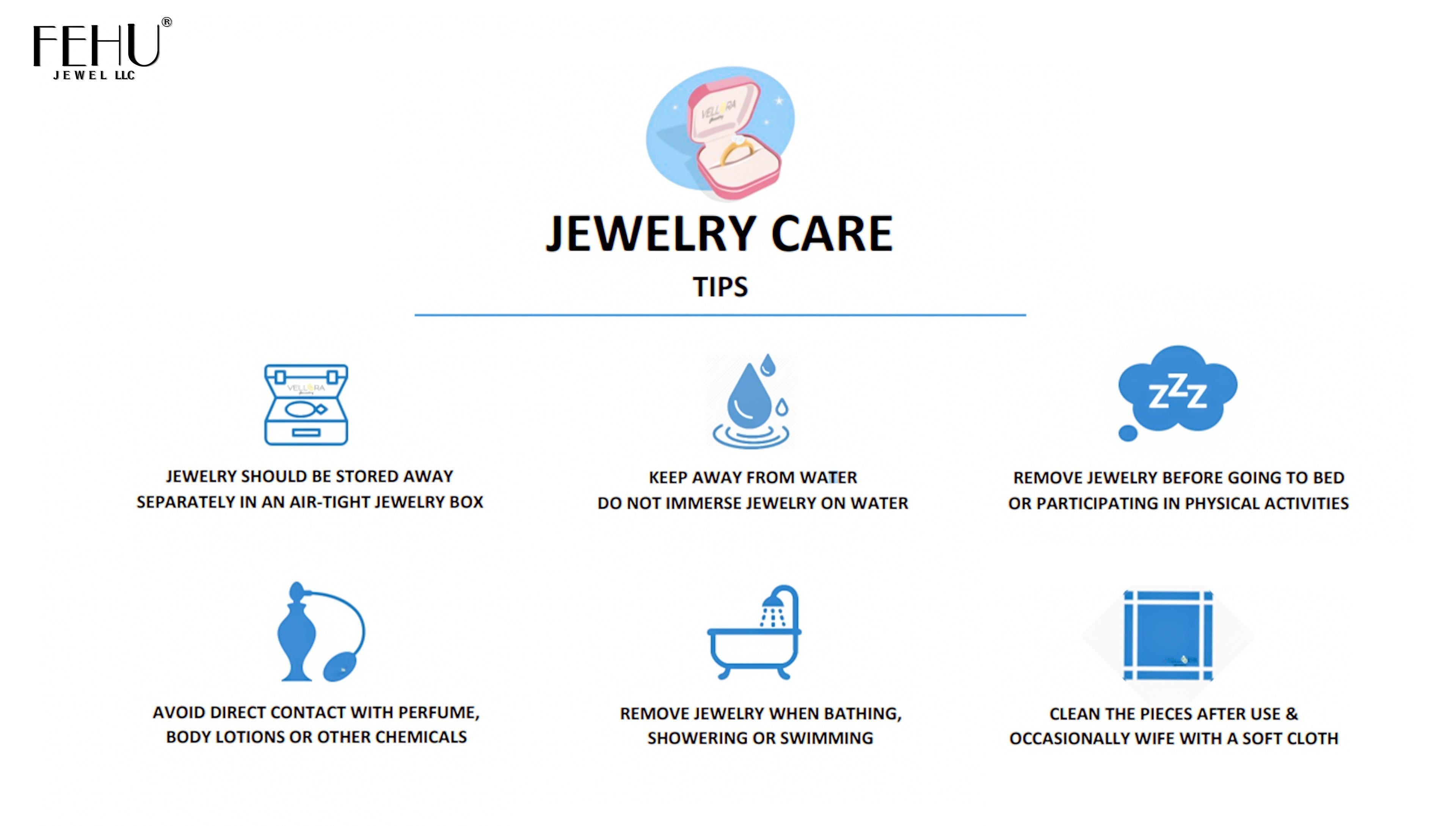Introduction
Beyond just being beautiful jewelry, diamonds are representations of love, loyalty, and classic beauty. But not many people know how a diamond travels from deep under the Earth to become the brilliant jewelry that adorns our necks, ears, and fingertips. We will explore the exciting process of diamond mining, cutting, and setting, as well as strict quality control, in this blog. Let's examine a diamond's path from mine to market in more detail.
1. The Birth of a Diamond
Under intense heat and pressure, around 100 miles below the surface of the Earth, the Earth's mantle forms diamonds. Under these circumstances, carbon atoms solidify, and over millions or perhaps billions of years, diamonds are formed. These precious stones are then found in kimberlite pipes near the Earth's surface as a result of volcanic activity.
2. Exploration and Mining
The search for diamonds began with geological surveys to locate potential diamond deposits. Drilling and sampling are done in exploratory mode once a potential location has been identified. Mining operations start if it is proven that there is a significant diamond content.
There are two primary methods of diamond mining:
- Open-pit Mining: This method is used for deposits near the surface. It involves removing large quantities of rock and soil to access the diamonds.
- Underground Mining: This technique is applied to deposits that are deeper. Tunnels and shafts are created to reach the diamonds below the surface.
Mining is a labor-intensive process that requires advanced technology and strict safety measures to protect workers.
3. Sorting and Valuation
Once mined, the rough diamonds are transported to sorting facilities. Here, they are sorted based on factors such as size, shape, color, and quality. Diamonds are then classified into industrial diamonds and gem-quality diamonds. Industrial diamonds are used for cutting, grinding, and drilling, while gem-quality diamonds move on to the next stage of their journey.
4. Cutting and Polishing
The cutting and polishing of diamonds are critical steps that determine the final beauty and value of the gem. This process requires skilled artisans, known as diamond cutters, who study the rough diamond to identify the best way to cut it to maximize its sparkle and reduce wastage.
The cutting process involves several stages:
- Planning: Advanced software and tools are used to analyze the rough diamond and plan the best cuts.
- Cleaving/Sawing: The rough diamond is split along its natural lines of weakness.
- Bruting: The diamond is shaped into a round form, creating the basic outline of the gem.
- Faceting: The diamond is meticulously cut to create the facets that enhance its sparkle. A standard round brilliant cut has 57 or 58 facets.
Polishing is the final step, where each facet is carefully polished to achieve maximum brilliance and fire.
5. Certification and Grading (Quality Check)
After cutting and polishing, the diamonds are sent to independent gemological laboratories for certification and grading. These laboratories assess the diamonds based on the Four Cs: Carat weight, Cut, Color, and Clarity. A certificate is issued detailing the diamond’s characteristics, which helps buyers make informed decisions and ensures the diamond’s authenticity and quality.
6. Jewelry Design and Manufacturing
Certified diamonds are then sold to jewelry manufacturers, who incorporate them into beautiful pieces. Jewelry designers create intricate designs, often drawing inspiration from current trends, cultural motifs, or personal stories. Skilled craftsmen bring these designs to life, setting the diamonds into various settings such as rings, necklaces, bracelets, and earrings.
7. Retail and Purchase
Finally, the finished diamond jewelry reaches both retail stores and online. Here, customers can browse a wide selection of pieces, guided by knowledgeable sales associates who provide information on the diamonds’ characteristics and origins.
Conclusion
A diamond's journey from the mine to the market is an example of both human ingenuity and the wonders of nature. The diamond's journey begins deep within the Earth and ends in the expert hands of creative individuals, adding to its symbolism of everlasting beauty and love. The next time you see a brilliant diamond, it will be even more valuable because you will understand the amazing trip it has made to get to you.





